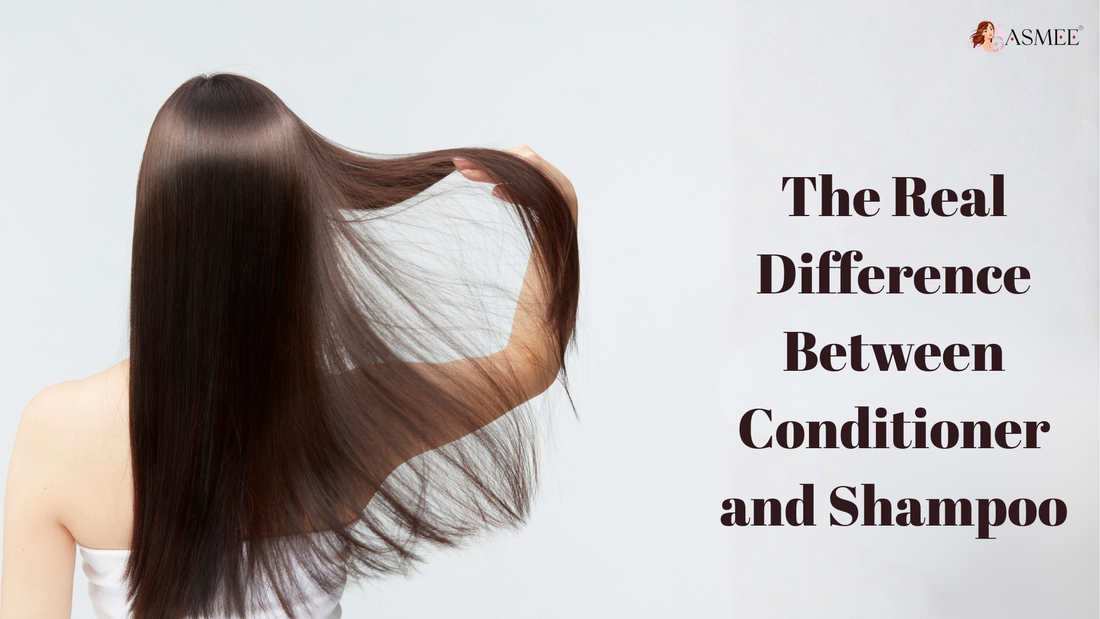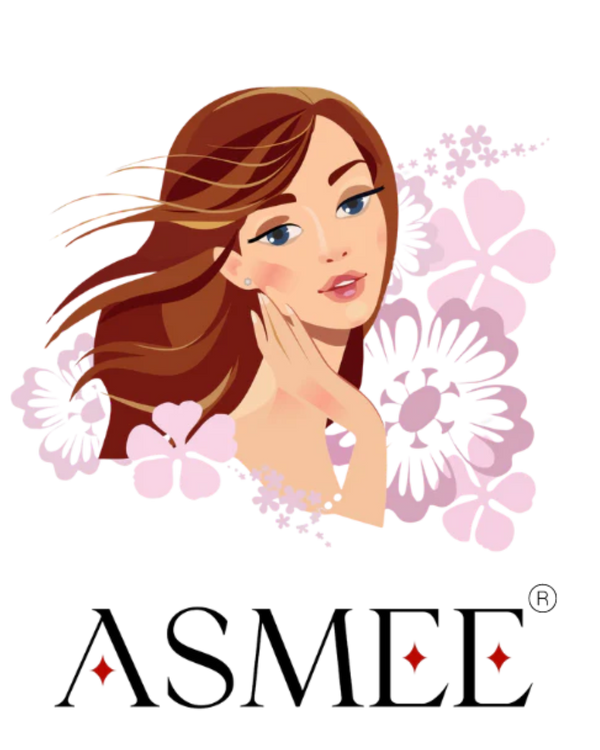
The Real Difference Between Conditioner and Shampoo — And Why You Need Both
Share
Understanding the difference between conditioner and shampoo is crucial for maintaining soft, strong, and nourished hair. Most people use both without realizing that they serve two entirely different functions. While shampoo focuses on cleansing your scalp and removing impurities, conditioner restores hydration and protects your hair strands from dryness and breakage.
Knowing how the two work together can help you achieve a balanced, healthy hair routine that enhances shine, smoothness, and overall hair texture.
What Is the Difference Between Conditioner and Shampoo?
The difference between conditioner and shampoo lies in their core purposes. Shampoo is designed to cleanse the scalp, remove excess oil, and eliminate buildup caused by styling products or environmental exposure. Conditioner, on the other hand, nourishes and moisturizes the hair after cleansing, helping to restore smoothness and manageability.
When you wash your hair, shampoo opens the cuticles to clean thoroughly, while conditioner closes them to lock in hydration. Both play essential but distinct roles in keeping your hair looking its best.
What Does Shampoo Do?
The difference between conditioner and shampoo becomes clear when you understand the purpose of shampoo. Shampoo primarily targets the scalp and roots, removing dirt, grease, and dead skin cells that accumulate over time. It refreshes your scalp, promotes a clean base, and prepares your hair to receive moisture from conditioner.
Key Benefits of Shampoo:
- Deeply cleanses the scalp and removes buildup
- Refreshes roots and improves scalp health
- Prepares hair to absorb nutrients
- Supports strong, clean, and fresh-feeling hair
For best results, use the Keratin Protein & Argan Oil Shampoo from Devasmi International.

It gently cleanses without stripping natural oils, strengthening strands with keratin and adding shine with argan oil. Perfect for dull, frizzy, or chemically treated hair, it maintains the ideal balance between cleansing and nourishment.
What Does Conditioner Do?
To fully understand the difference between conditioner and shampoo, think of conditioner as the restorative step your hair needs after cleansing. Shampoo cleanses, but conditioner repairs. It focuses on hydrating, detangling, and protecting hair from frizz and damage.
Unlike shampoo, conditioner is applied from mid-lengths to ends — never on the scalp — as it targets dry and damaged strands that need moisture the most.
Key Benefits of Conditioner:
- Deeply hydrates and softens hair
- Reduces frizz and prevents split ends
- Restores natural shine and elasticity
- Makes hair manageable and tangle-free
Try the Keratin Protein & Argan Oil Conditioner from Devasmi International for smoother, silkier hair.

This nourishing conditioner deeply hydrates without weighing hair down, leaving it glossy, manageable, and frizz-free.
Conditioner vs Shampoo: The Core Difference Between Conditioner and Shampoo
Here’s a clear side-by-side comparison that outlines the difference between conditioner and shampoo in terms of function and results:
| Feature | Shampoo | Conditioner |
|---|---|---|
| Purpose | Cleanses scalp and removes buildup | Moisturizes and protects strands |
| Application Area | Roots and scalp | Mid-lengths to ends |
| Texture | Light, foamy consistency | Creamy, rich texture |
| Effect | Refreshes, cleans, and resets | Softens, smooths, and strengthens |
| Frequency | 2–3 times a week | After every shampoo |
For a deeper explanation, check out our related blog Shampoo vs Conditioner: What’s the Real Difference for Your Hair. It explains how both work in harmony for healthier, shinier results.
How to Use Shampoo and Conditioner the Right Way
Even when you know the difference between conditioner and shampoo, using them correctly makes all the difference. Here’s how to get salon-like results at home:
Step 1: Start with Shampoo
- Wet your hair with lukewarm water.
- Apply shampoo to your scalp and roots.
- Massage gently with fingertips (not nails).
- Rinse thoroughly until hair feels clean.
Step 2: Follow with Conditioner
- Squeeze out excess water from your hair.
- Apply conditioner from mid-lengths to ends.
- Leave it on for 2–5 minutes.
- Rinse with cool water to seal moisture.
Pro Tip: For dry or colored hair, try a midweek conditioner-only wash to boost hydration without over-cleansing.
Why the Difference Between Conditioner and Shampoo Matters
The difference between conditioner and shampoo isn’t just functional — it affects your hair’s long-term health. Shampoo alone can make hair feel dry, while conditioner alone can leave residue and reduce volume. When used together, they balance cleanliness and moisture perfectly.
Shampoo cleans and refreshes the scalp, while conditioner restores hydration and protects from breakage. Skipping either can result in dull, rough, or unmanageable hair.
The Devasmi Keratin Protein + Argan Oil Haircare Range is designed to maintain that balance naturally. Regular use strengthens, smooths, and enhances shine, giving you soft, resilient, and healthy-looking hair every day.
The Importance of Knowing the Difference Between Conditioner and Shampoo
Understanding the difference between conditioner and shampoo helps you choose the right products for your hair type. A well-balanced routine ensures deep cleansing without stripping moisture, keeping your hair shiny, soft, and full of life.
Start your routine with the Keratin Protein & Argan Oil Shampoo and follow it with the Keratin Protein & Argan Oil Conditioner — your perfect duo for long-lasting shine, smoothness, and strength.
FAQs
1. What is the main difference between conditioner and shampoo?
Shampoo cleanses the scalp, while conditioner hydrates and protects the hair strands from dryness and frizz.
2. Can I use conditioner without shampoo?
Yes, but occasionally. For proper cleansing, always use shampoo first.
3. Should I shampoo every day?
No, 2–3 times a week is enough to maintain balance without drying your hair.
4. Is the Devasmi Keratin + Argan Oil range suitable for all hair types?
Yes. It’s gentle, paraben-free, and ideal for dry, frizzy, or color-treated hair.
5. Can conditioner make my hair greasy?
Only if applied to the scalp. Focus on mid-lengths and ends for the best results.
